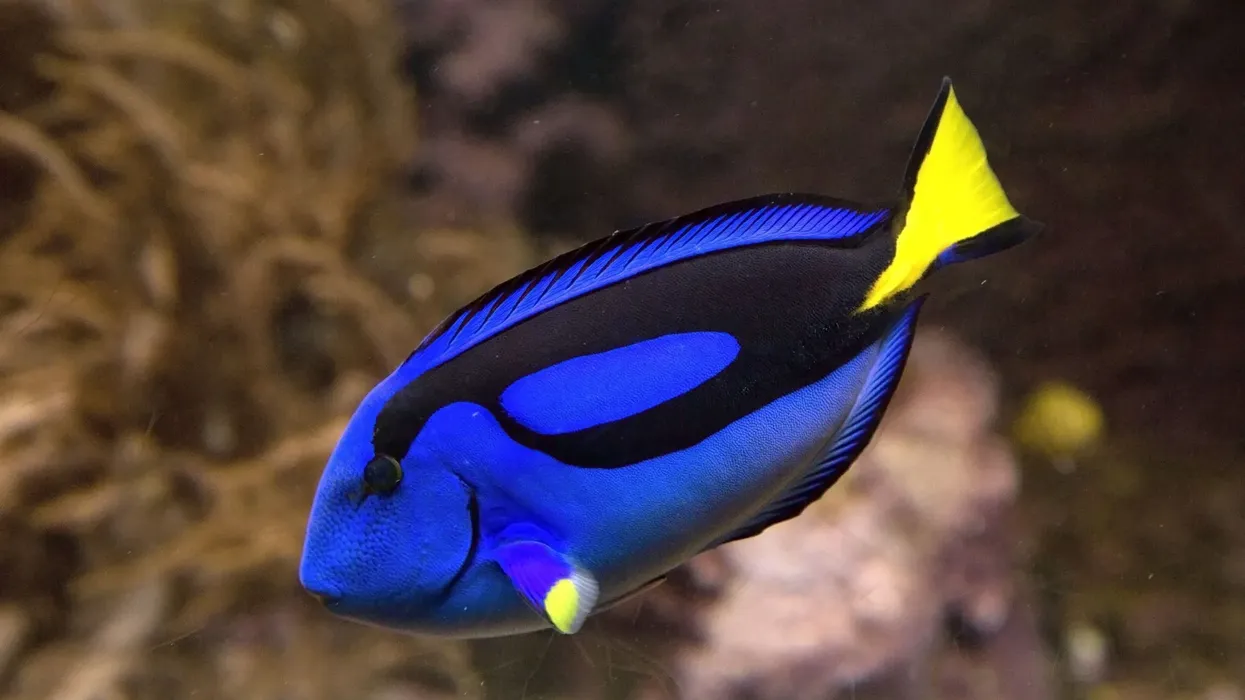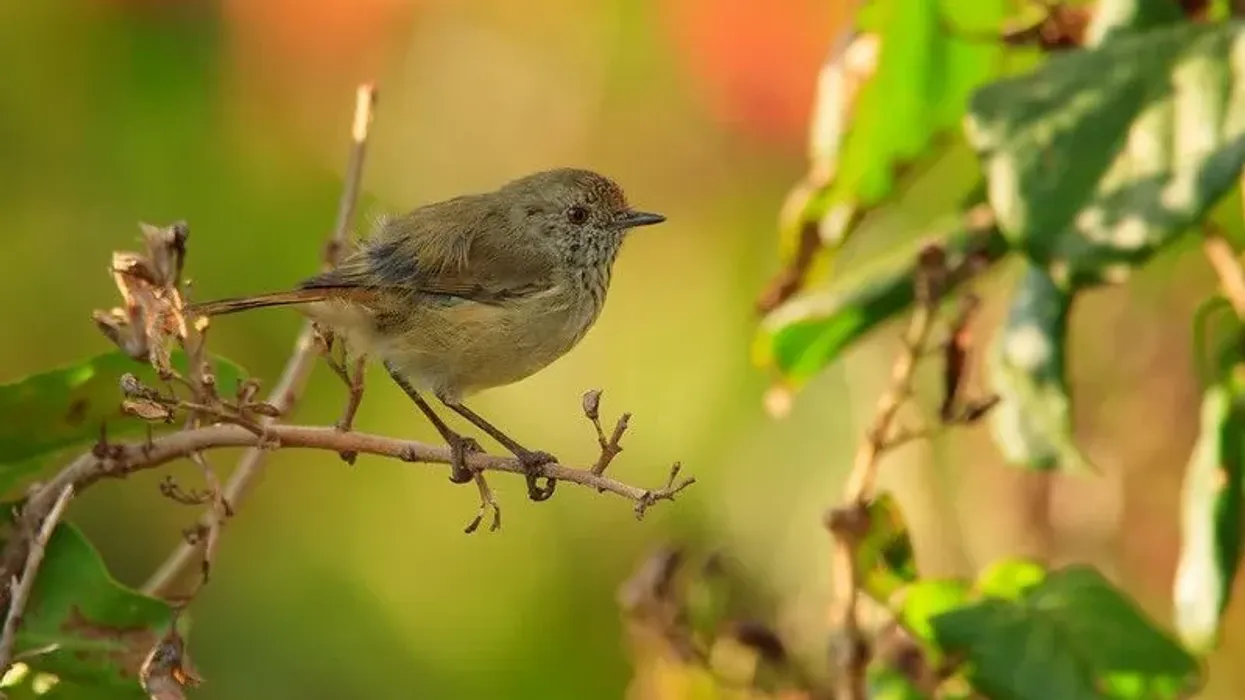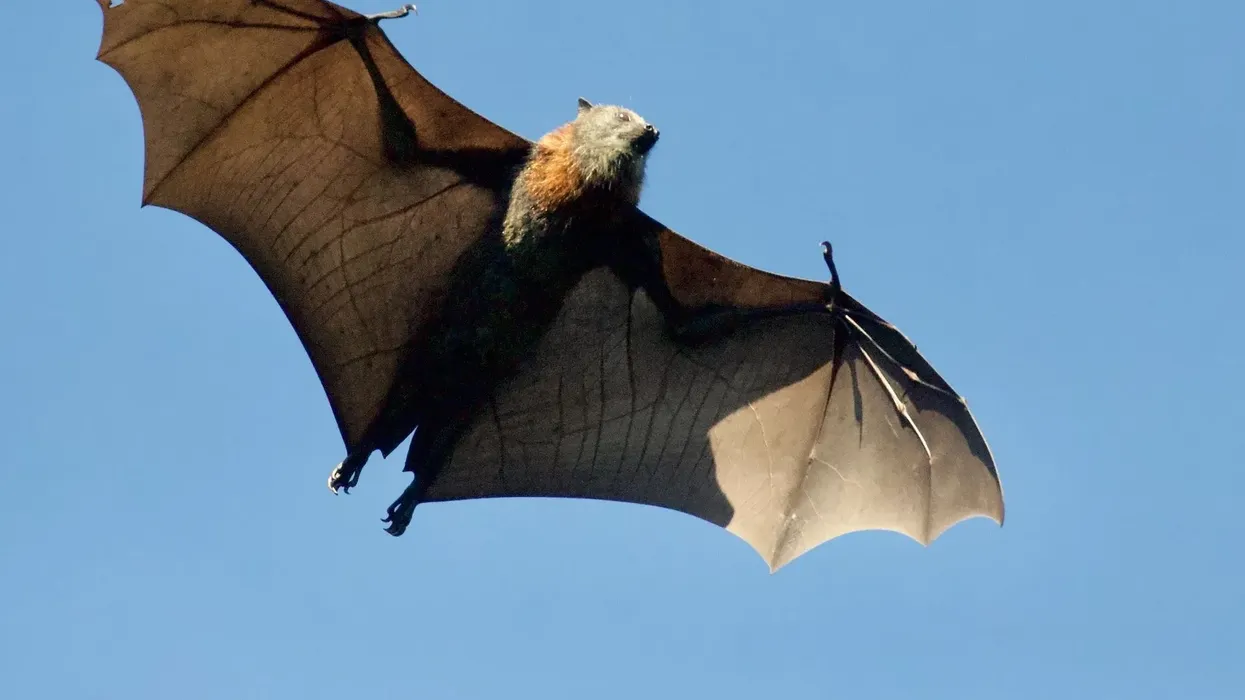The colorful bristletooth tang ctenochaetus flavicauda is found in the pristine waters of Tahiti. It is considered to be the smallest amongst the ctenochaetus tangs. It is also considered to be the smallest acanthurid.
It is very interesting to note that a juvenile fish varies from an adult fish in appearance. The juvenile tang has a bright yellow body whereas an adult fish has a reddish-brown body. However, both the forms of the fish are colorful and beautiful.
This fish is associated with the George Vanderbilt South Pacific Expedition. It was first described by an American zoologist, Henry Fowler.
The creature was described in the year 1938 after a specimen was collected in 1937 near Takaroa. The species is named C. flavicauda. This creature is very helpful if one wants to control algae in a reef or saltwater fish aquarium.
Like reading about the bristletooth tang ctenochaetus flavicauda? Want to know more about the bristletooth tang ctenochaetus flavicauda? Let's move on.
If you like reading this article, you might also like reading about the tomini tang and the harlequin tuskfish.
White Tail Bristletooth Tang Interesting Facts
What type of animal is a White Tail Bristletooth Tang?
The White Tail Bristletooth Tang is a fish belonging to the phylum Chordata and the order Perciformes. The binomial name was given by Fowler in 1938.
What class of animal does a White Tail Bristletooth Tang belong to?
The White Tail Bristletooth Tang belongs to the class Actinopterygii, that is, it is a fish.
How many White Tail Bristletooth Tangs are there in the world?
According to the International Union for Conservation of Nature(IUCN) Red List, the exact number of mature individuals in the world and the current trend of the population are not known. The population is not severely fragmented.
Where does a White Tail Bristletooth Tang live?
The Bristletooth Tang ctenochaetus flavicauda is found in Tahiti in the South Pacific Ocean. It is found in the Eastern Central Pacific, in the Line, Rapa, Society, and Austral Islands. It is also found in the Western Central Pacific namely in the US Minor Islands. It is also seen in the Cook Islands, Kiribati, Pitcairn, and French Polynesia.
What is a White Tail Bristletooth Tang's habitat?
The Bristletooth Tang ctenochaetus flavicauda is found in a marine environment. It is visible amongst coral reefs that are shallow and coastal lagoons. The ecology and habitat can be described as marine neritic. The upper depth limit of this fish is 32 ft (9.75 m). The lower depth limit is 98 ft (29.87 m).
Who do White Tail Bristletooth Tangs live with?
This fish of Tahiti can live alone or in small groups. The small groups of these algae-eating fishes are made of 6-10 individuals.
How long does a White Tail Bristletooth Tang live?
The exact information is not available for the species. However, in general, they live for five years.
How do they reproduce?
The exact information is not available for the species.
What is their conservation status?
The Bristletooth Tang Ctenochaetus flavicauda has a status of Least Concern according to the International Union for Conservation of Nature(IUCN) Red List. Conservation sites have been identified over a part of a range of this species. It occurs in at least one protected area.
White Tail Bristletooth Tang Fun Facts
What do White Tail Bristletooth Tangs look like?
These beautiful tangs have a body that boasts a vibrant shade of red. They have orange spots on the head. There are lines across the body.
The tail is creamy white in color. The outer portion of the eye of the fish has a bright yellow ring. The chest, breast, and head are covered in cycloid scales that are smooth and small. The rest part of the body is covered in ctenoid scales.
The lips are broad and conceal the teeth. The nostrils are small. The opening of the gill is mainly vertical.
 *We've been unable to source an image of Whitetail bristle tooth tang and have used an image of regal tang instead. If you are able to provide us with a royalty-free image of Whitetail bristle tooth tang, we would be happy to credit you. Please contact us at hello@kidadl.com
*We've been unable to source an image of Whitetail bristle tooth tang and have used an image of regal tang instead. If you are able to provide us with a royalty-free image of Whitetail bristle tooth tang, we would be happy to credit you. Please contact us at hello@kidadl.com
How cute are they?
These inhabitants of the Pacific, just like the Achilles tang and Blue tang with their colorful bodies are very cute.
How do they communicate?
The exact information is not available for this marine species.
How big is a White Tail Bristletooth Tang?
The tang is 4.6 in (11.68 cm) in length. It is smaller than the Yellow tang.
How fast can a White Tail Bristletooth Tang swim?
The exact information is not available for this marine species.
How much does a White Tail Bristletooth Tang weigh?
The exact information is not available for this marine species.
What are the male and female names of the species?
There are no sex-specific names of this marine fish.
What would you call a baby White Tail Bristletooth Tang?
A White Tail Bristletooth Tang juvenile is called a fry.
What do they eat?
This marine fish's diet is known to consist of seaweed and algae. It can consume meaty foods and vegetable material when kept in a tank.
Are they dangerous?
The caudal spines in most tangs are very sharp and contain toxins that may cause an uncomfortable sensation and pain in human beings.
Would they make a good pet?
It is difficult to maintain these tangs in artificial tanks. Tangs like other marine fishes need good quality water. They require low levels of phosphate and nitrate in the water. This is because they are habituated to living in natural coral reefs. Also, they need to be fed at regular intervals.
Did you know...
This marine fish is reef compatible.
These tangs are known to be aggressive towards other tangs in a tank. However, they are known to exist in a peaceful manner with other fishes.
A small group of individuals should be kept together in the tank. However, it is not very easy to maintain these. The species is very territorial in nature.
White Tail Bristletooth Tang Care
The care level for this semi-aggressive tang ctenochaetus flavicauda is moderate. The minimum tank size for this semi-aggressive fish is 70 gal (265 L).
The minimum tank size is essential to give the fish enough free space to swim. The pH of the water should be maintained at 8.1-8.4. The temperature for this marine fish with moderate care level should be maintained at 72-78° F (22.2-25.5 ° C).
The degree of carbonate hardness (dKH) should range between 8-12. The Specific Gravity (sg) should range between 1.020-1.025. It is important that these fishes are provided with seaweed and algae.
The consumption of seaweed and algae helps to reduce their aggressive behavior. The consumption of seaweed and algae as a part of the diet also helps to improve their immunity and the overall conditions of their health.
Naming the White Tail Bristletooth Tang
Ctenochaetus tangs have a mouth that protrudes with teeth that are bristle-like. They can move these in order to scrape, sort, or sift in search of food.
Here at Kidadl, we have carefully created lots of interesting family-friendly animal facts for everyone to discover! For more relatable content, check out these Datnioides Microlepis facts and orange-spotted filefish facts for kids.
You can even occupy yourself at home by coloring in one of our free printable clownfish coloring pages.
*The second image is by Przemek Pietrak.




 *We've been unable to source an image of Whitetail bristle tooth tang and have used an image of regal tang instead. If you are able to provide us with a royalty-free image of Whitetail bristle tooth tang, we would be happy to credit you. Please contact us at hello@kidadl.com
*We've been unable to source an image of Whitetail bristle tooth tang and have used an image of regal tang instead. If you are able to provide us with a royalty-free image of Whitetail bristle tooth tang, we would be happy to credit you. Please contact us at hello@kidadl.com



